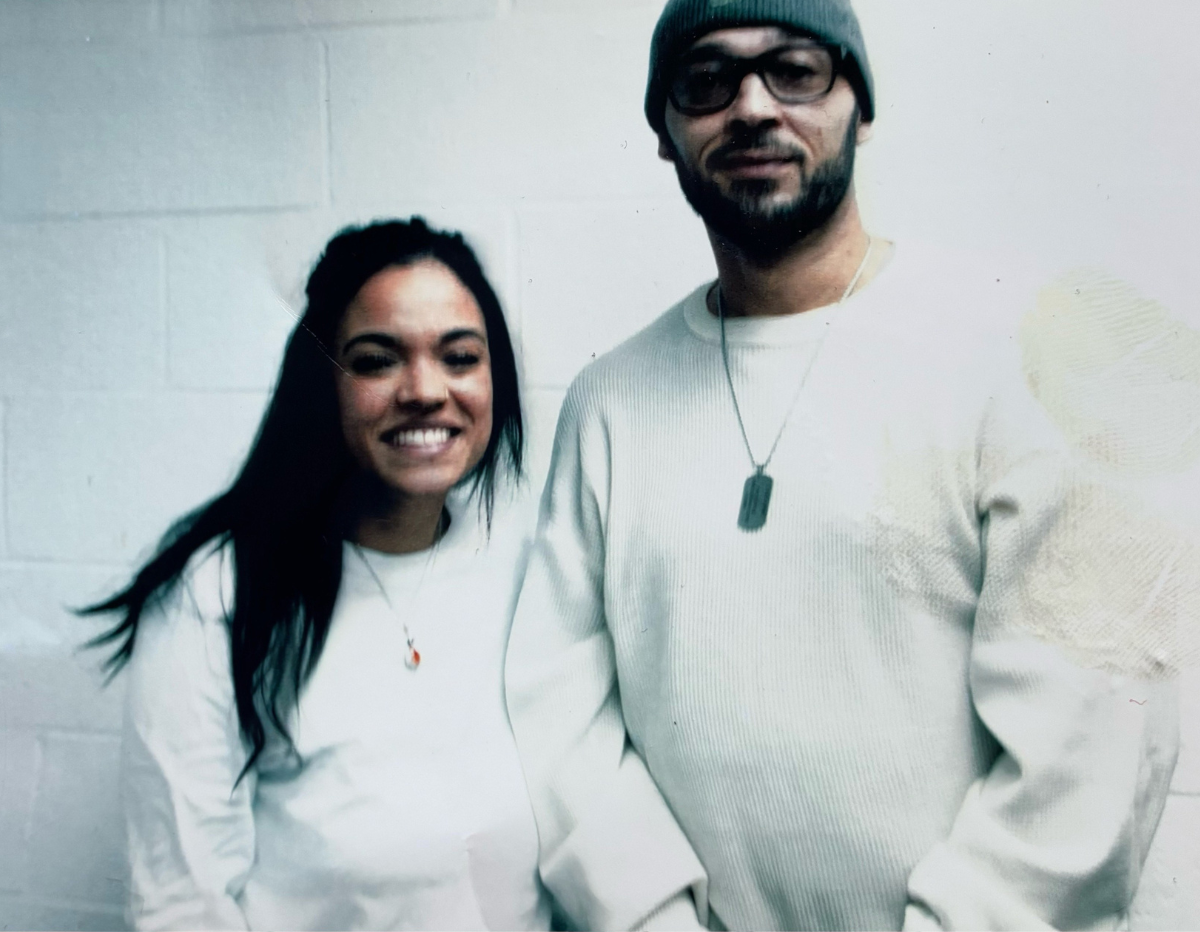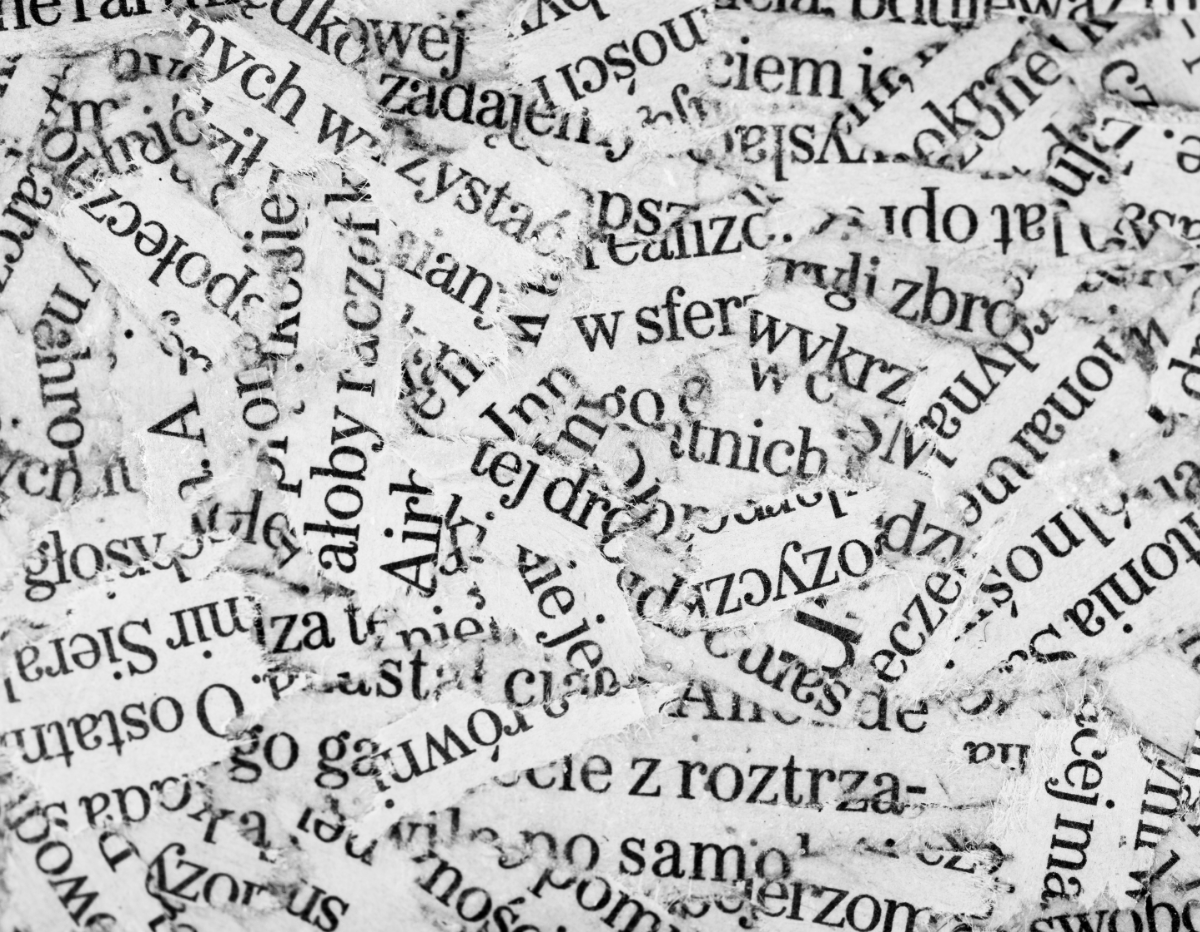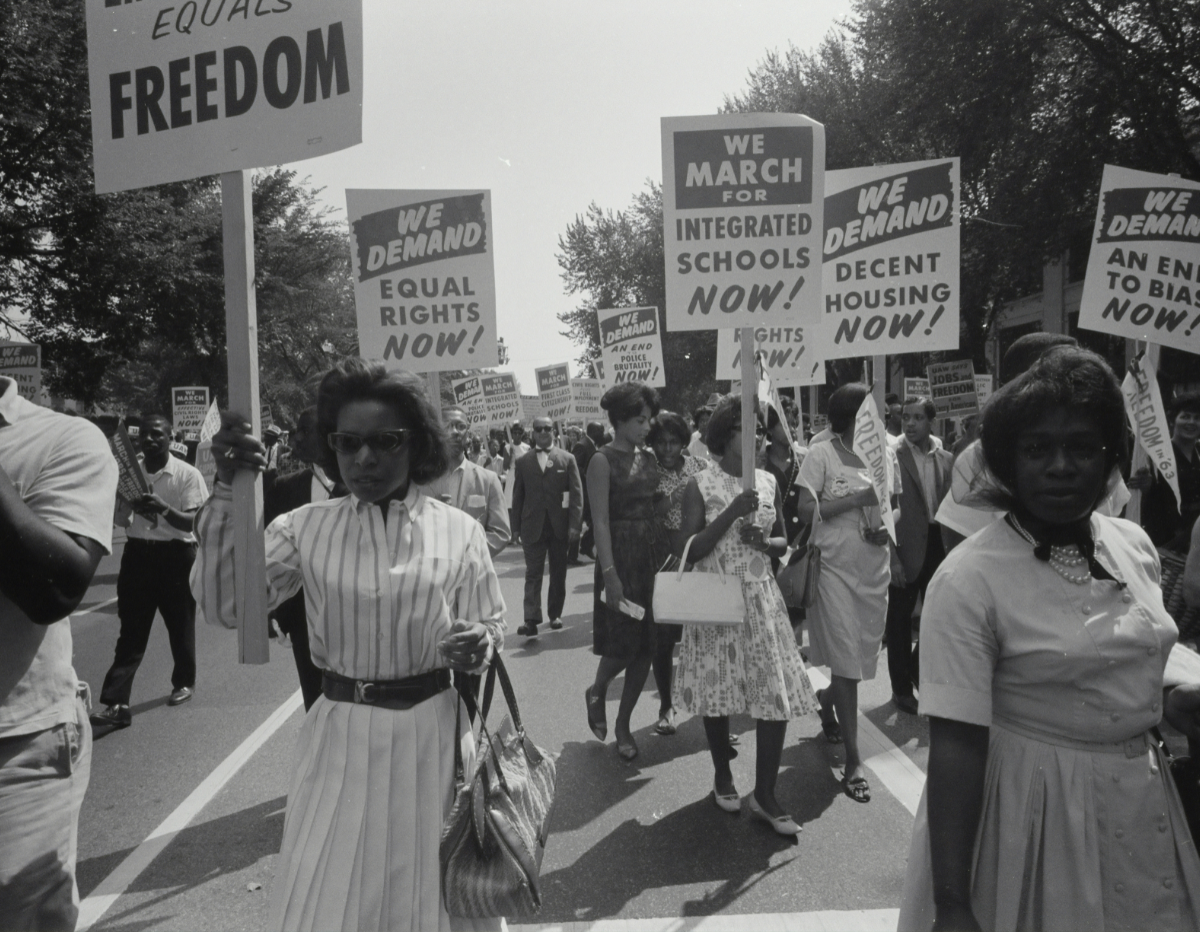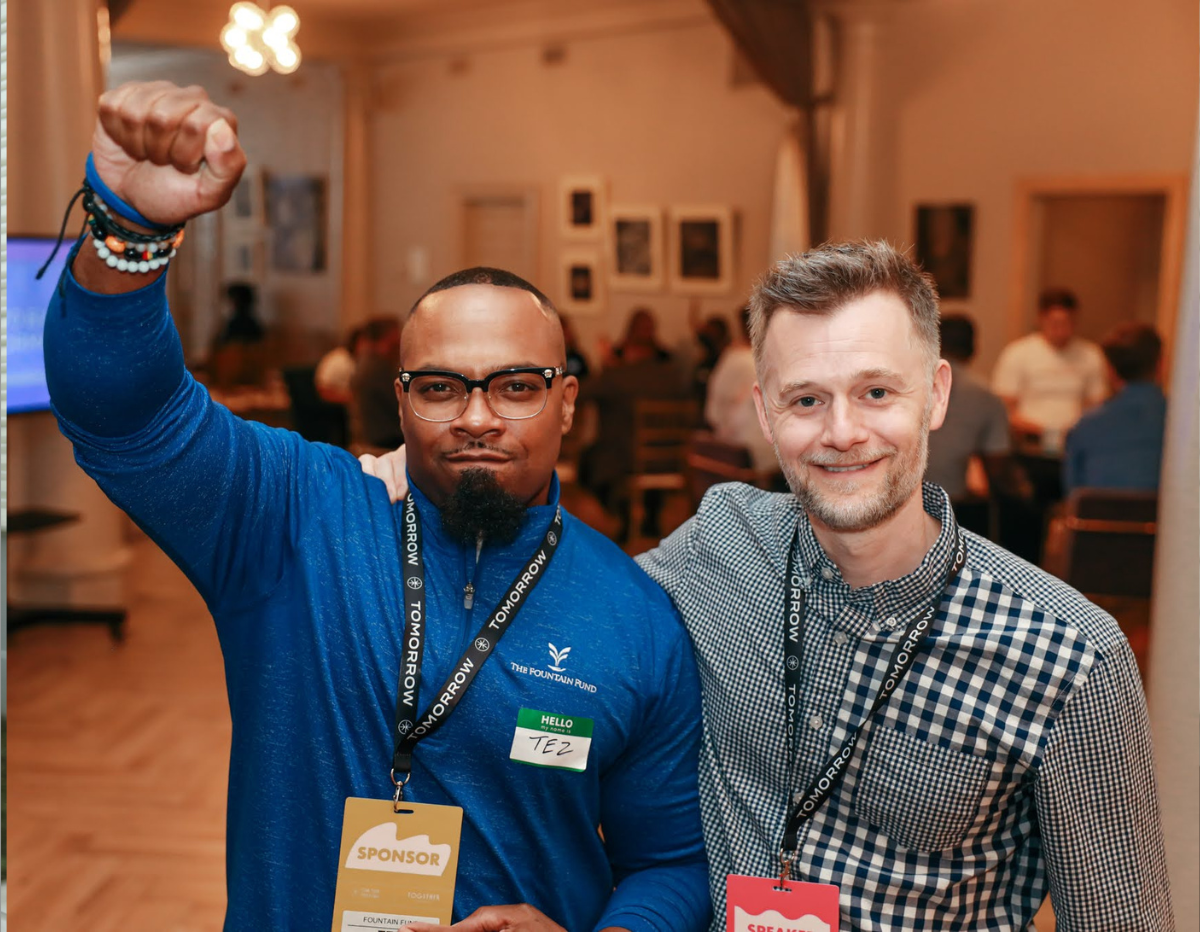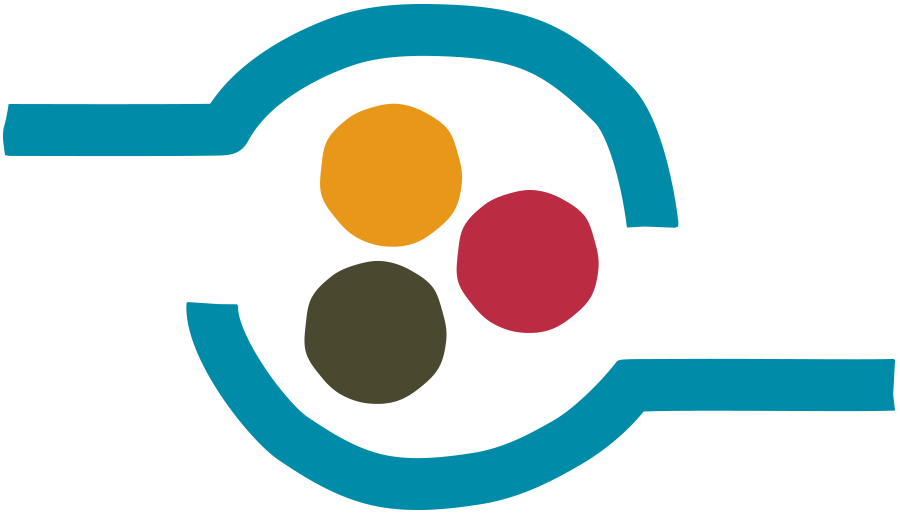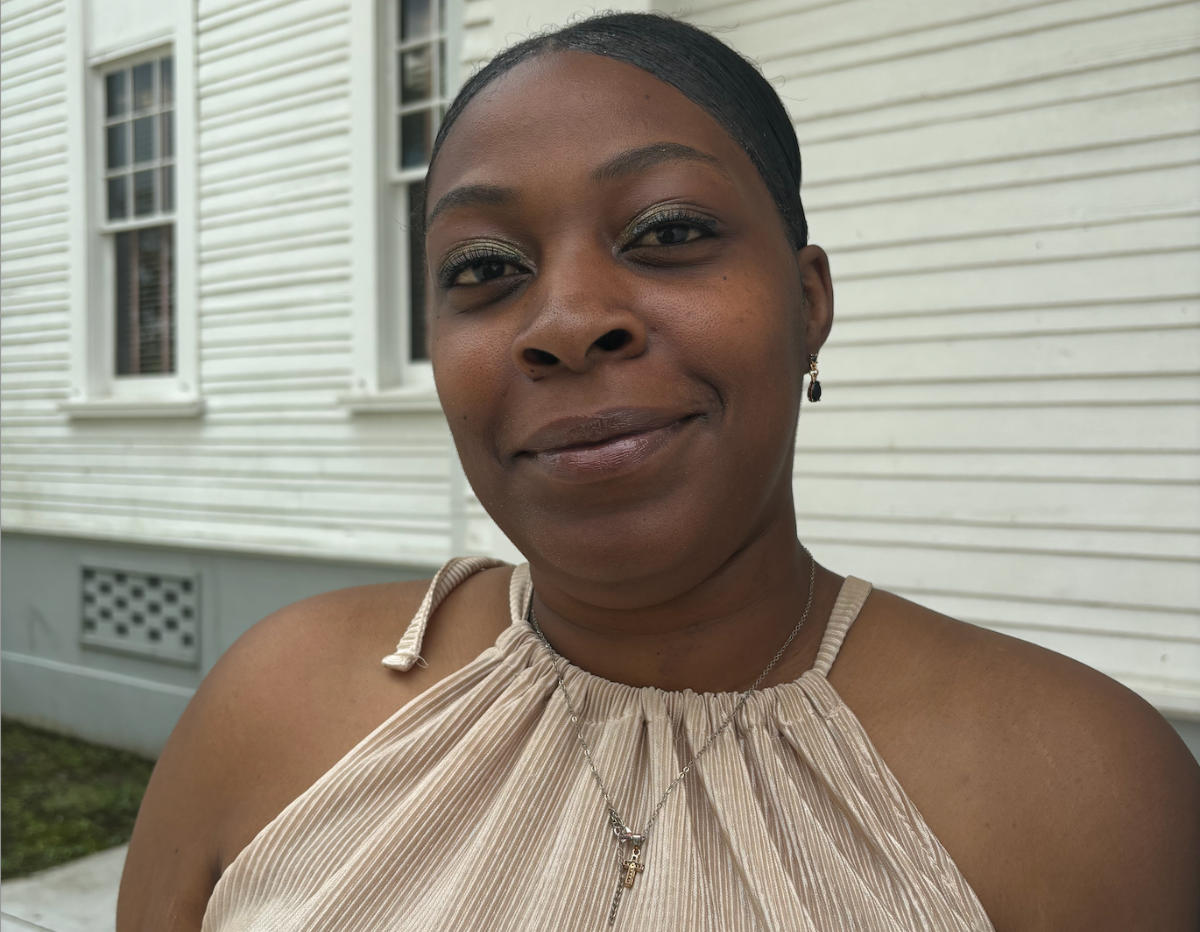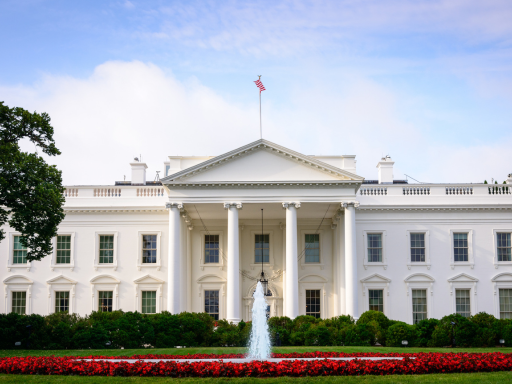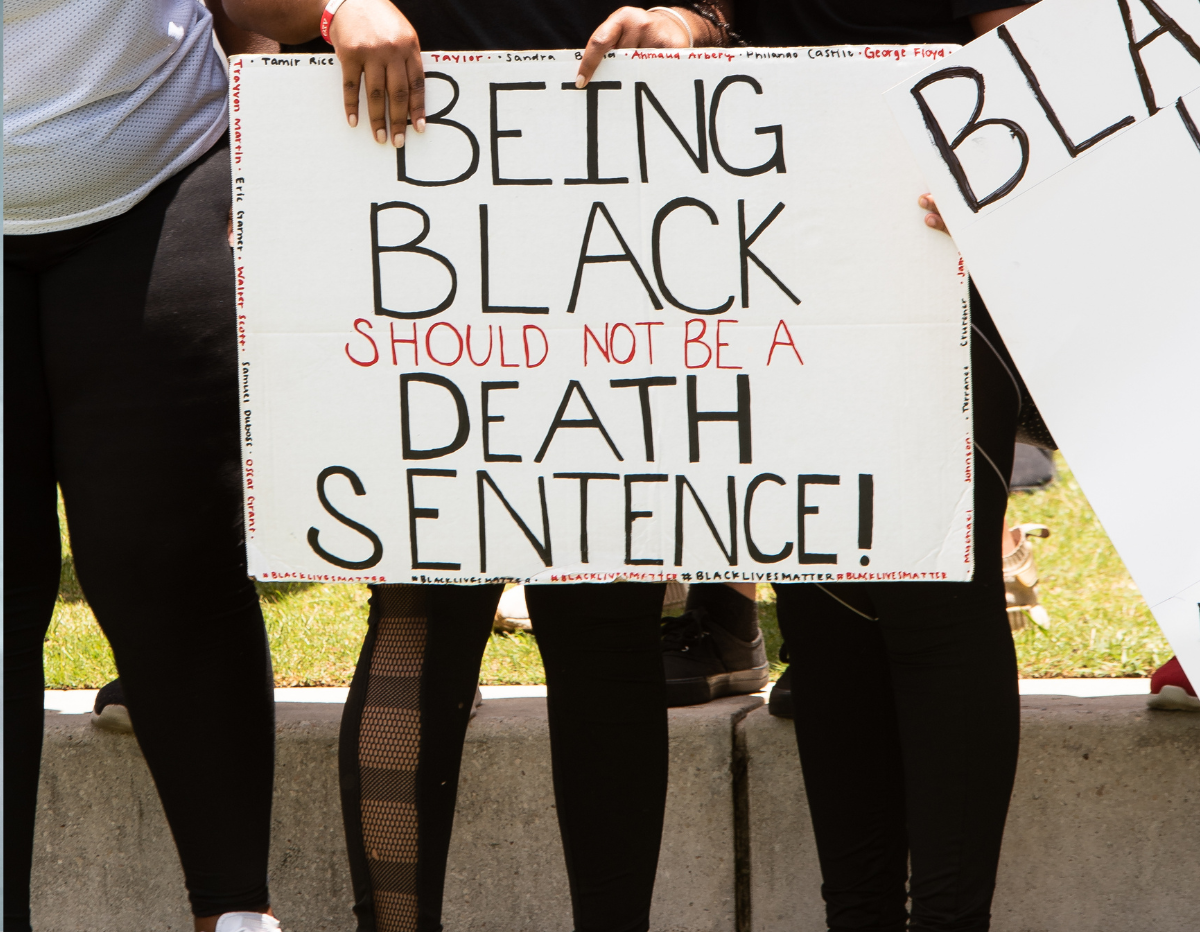
A Legacy of Racially Disparate Executions
Oklahoma’s death penalty has always disproportionately targeted people of color. The earliest recorded execution in the state occurred in 1841, and of the 39 people executed in the 19th century, 79% were Native American men, while 15% were Black men. It wasn’t until 1899 that the state recorded the execution of a white person. This pattern of racial disparity has persisted into the modern era.
Since 1976, 41% of the 117 people executed in Oklahoma have been people of color, the majority of them Black—despite Black residents comprising only about 7% of the state’s population. The state’s own data reveals a staggering racial bias in sentencing: a person charged with murdering a white woman is 10 times more likely to receive a death sentence than if the victim is a minority male.
From 1990 to 2012, just 3% of homicides in the state resulted in a death sentence, yet in 74% of those cases, the victim was white. These disparities reflect a long-standing truth—Oklahoma’s justice system, like much of the country, assigns more value to white lives than to Black and Native American lives. This pattern is evident in the stark contrast between executions for crimes involving white victims versus Black victims, where those convicted of killing white victims are far more likely to face the death penalty than those convicted of killing Black victims.
The Race-of-Victim Effect and Oklahoma’s Death Penalty Today
The racial disparities in Oklahoma’s death penalty reflect a longstanding history of racism in the state’s legal system. A study of Oklahoma’s execution data found that, in cases involving victims of a single race, 19 Black people were executed for the murder of white victims, while only two white people were executed for the murder of Black victims. These statistics highlight how racial bias in Oklahoma’s legal system aligns with patterns seen across the country, where people of color are disproportionately sentenced to death, especially when the victim is white.
Additionally, Oklahoma’s history as a site of forced Native American relocation has had a lasting impact on its death penalty system. The Trail of Tears led to a concentration of Native American populations in the region, and as a result, in the 19th century, most people executed were Native American. That legacy continues today—Oklahoma has sentenced more Native American people to death than any other state and is responsible for a third of all executions of Native Americans nationally.
Tremane Wood: A Case That Exemplifies This Broken System
The racial injustice embedded in Oklahoma’s death penalty isn’t just a relic of the past—it continues to destroy lives today. Tremane Wood’s case is a devastating example.
Tremane, a bi-racial Black and white man, was sentenced to death in Oklahoma County in 2004 for the murder of Ronnie Wipf, a white man from Montana. However, his older brother, Zjaiton “Jake” Wood, admitted to committing the murder and stated that Tremane killed no one.
Unlike Tremane, Jake was represented by a competent legal team and was able to secure a life sentence. Tremane, on the other hand, was appointed a solo practitioner, John Albert, who was struggling with alcohol and substance use disorders while handling approximately 100 cases. At the time he represented Tremane, Albert was also defending two other people against the death penalty—both of whom later had their convictions overturned due to ineffective counsel. Tremane received no such relief.
Had Tremane’s lawyer properly investigated and presented mitigating evidence, the jury would have learned about the trauma that shaped his life—his struggles as a bi-racial child in a predominantly white community, the lingering effects of domestic violence on his mother, and his deep admiration for his older brother, Jake, who was a central figure in Tremane’s life. Tremane looked up to Jake, but his brother’s involvement in criminal activities exposed him to a world of violence and poor decisions that deeply affected Tremane’s own choices. Instead, Tremane was left defenseless against a system that disproportionately punishes people of color.
The racial bias in his case extended beyond his defense. The judge who presided over his trial and later denied his appeal, Judge Ray Elliott, has been overheard making horrific racist remarks, referring to Mexicans as “nothing but filthy animals” who “deserve to all be taken south of the border with a shotgun to their heads.” This is the judge who decided that Tremane Wood received a fair trial.
Moreover, only one Black juror served on Tremane’s jury, and she later revealed that she had been bullied into sentencing him to death.
A Call to Action
Tremane Wood’s case is a continuation of Oklahoma’s long history of racial injustice in capital punishment. The state has repeatedly shown that it is willing to execute people of color at a disproportionate rate while prioritizing the lives of white victims. These patterns are not accidental; they are deeply ingrained in the criminal legal system.
Oklahoma’s history of racial violence, exemplified by the Tulsa Massacre of 1921, continues to haunt the state’s legal system, where Black residents have long faced systemic discrimination and violence. The legacy of that massacre, where Black lives were destroyed with impunity, lingers in the unequal application of justice today.
Oklahoma’s death penalty is a direct descendant of racial violence, from 19th-century executions of Native Americans to modern-day cases like Tremane’s, where inadequate defense, racist judges, and biased juries lead to unjust outcomes. Tremane’s case underscores why Oklahoma must abandon the death penalty entirely.
His case also highlights another deeply flawed aspect of Oklahoma’s legal system: the felony murder rule. Under this rule, a person can be sentenced to death even if they did not personally kill anyone, so long as the prosecution argues that the death was a foreseeable consequence of a felony. This rule disproportionately targets people of color and those with inadequate legal representation—like Tremane, who was sentenced to death while his brother, who admitted to the murder, received a life sentence.
We’ll be diving deeper into Oklahoma’s felony murder rule in an upcoming piece—stay tuned to learn how this outdated and unjust law continues to destroy lives, including Tremane Wood’s.
